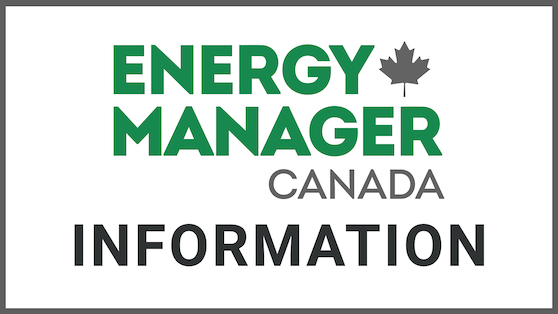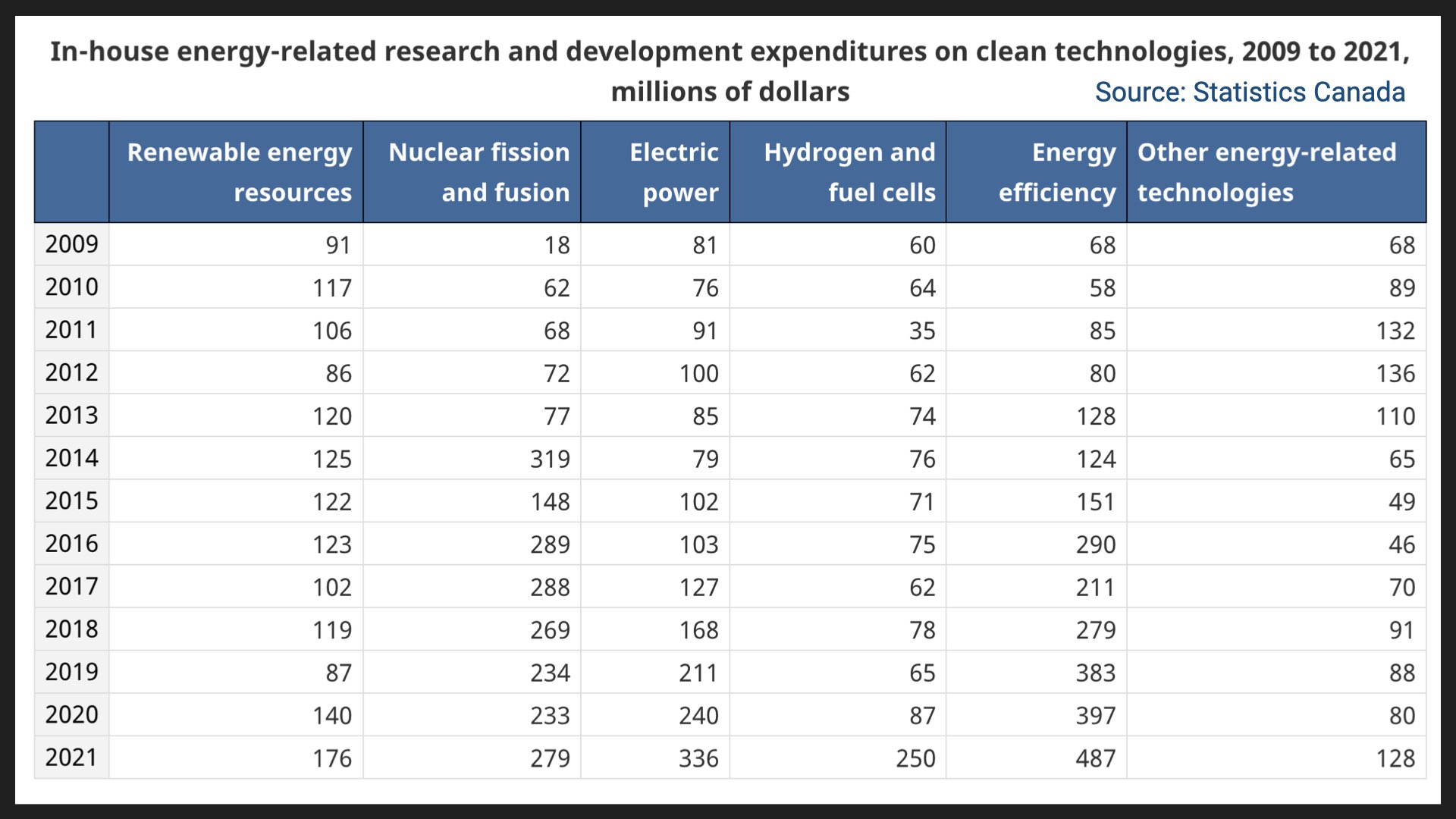
Cleantech
Electrical
Emissions Reduction
Energy Efficiency
Energy Management
Envelope
Features
HVAC & Plumbing
Industrial
Institutional
Net Zero
News
News
Residential
Where is largest portion of government’s cleantech spending being directed? Energy efficiency
September 29, 2023 By Anthony Capkun

September 29, 2023 – Energy-related research and development by businesses serves to optimize the usage, reliability and affordability of energy, noted Statistics Canada as it released a new report “Energy-related research and development expenditures, 2021”.
The report finds that in-house spending on (and outsourcing of) energy-related R&D reached new highs.

Open image in new tab/window to see full size.
In 2021, in-house spending on energy-related R&D reached $2.4 billion, an increase of 35.5% from 2020 and the highest level of spending since 2014. As a proportion of overall in-house R&D spending, energy-related R&D accounted for 8.6% of the $27.3 billion spent by businesses in Canada in 2021, up from 7.3% in 2020.
Following a decrease in 2020, outsourced energy-related R&D spending rose by 50.8% in 2021 to $288 million. This amount accounted for 5.0% of the $5.8 billion that businesses spent overall on outsourced R&D in 2021.
Energy-related R&D is divided into seven areas of technology:
• fossil fuels
• renewable energy resources
• nuclear fission and fusion
• electric power
• hydrogen and fuel cells
• energy efficiency
• other energy-related technologies.
All areas except fossil fuels are considered “clean technologies”, which are defined as:
• Any good or service designed with the primary purpose of contributing to, remediating, or preventing any type of environmental damage;
• Any good or service that is less polluting or more resource-efficient than equivalent normal products which furnish a similar utility. Their primary use, however, is not one of environmental protection.
In 2021, spending in all areas related to cleantech rose; the strongest growth of in-house R&D spending occurred in hydrogen and fuel cells, which rose $163 million to $250 million (+187.4%).
The rise was mainly due to increased spending within the manufacturing sector (+$114 million). The growth in hydrogen and fuel cells is also in line with Canada’s Hydrogen Strategy announced at the end of 2020, which identified goals of spurring investment and partnerships in hydrogen and lowering GHG emissions across many sectors, such as resources extraction, transportation, power generation and manufacturing.
Other notable clean technologies that saw increased spending in 2021 include electric power, which rose $96 million to $336 million (+40.0%), and energy efficiency, which rose $90 million to $487 million (+22.7%).
In-house R&D expenditures on fossil fuels rose $140 million to $698 million in 2021, the first increase since 2012. Despite this increase, fossil fuels’ proportion of total energy-related in-house R&D spending continued to decrease, down 2.4 percentage points to 29.7%. Most of the growth was in oil sands technologies (+$117 million to $426 million), which are tied to investments in improved methods of oil extraction.
Outsourcing of R&D spending on fossil fuels increased as well, up from $110 million to $133 million. The overall increase in R&D spending on fossil fuels occurred as the economy rebounded in 2021 and the demand for energy increased, which, in turn, led to higher oil and gas prices.
Government funding provided to businesses for energy-related R&D spending rose by 34.8% to $186 million in 2021. In total, government funding accounted for 7.9% of total in-house energy-related R&D spending.
The increase in government funding was recorded in all areas related to cleantech, with the largest portion being directed toward energy efficiency, at 39.2% ($73 million), followed by renewable energy resources, at 16.1% ($30 million).
Overall, government funding in cleantech increased by 41.4% (+$48 million).
Foreign funding to businesses in Canada increased 29.1% to $151 million, representing 6.4% of all in-house energy-related R&D spending. Electric power received the largest share, with 36.4% ($55 million), followed by energy efficiency, with 23.8% ($36 million).
Print this page